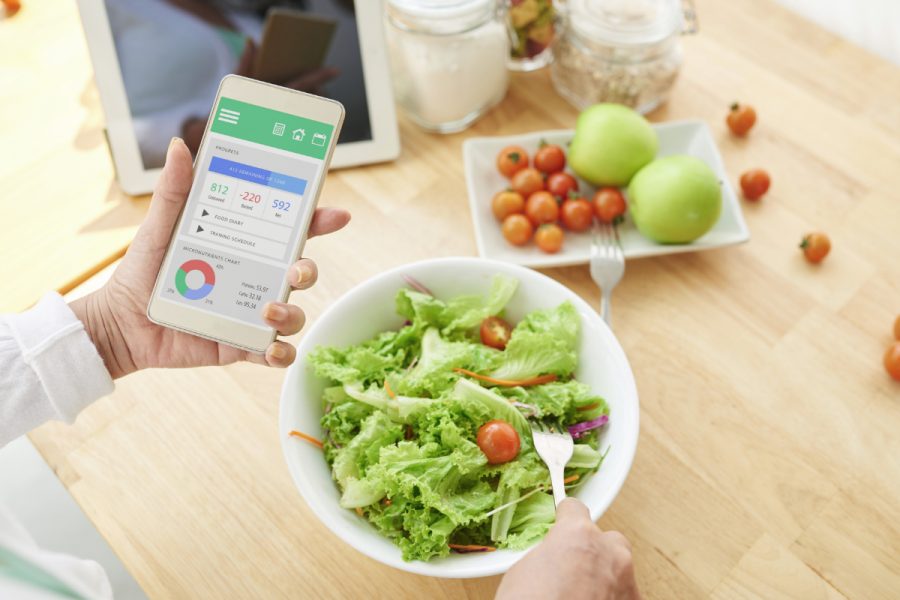The Era of Personalized Food
Using Technology for Better Food
Recently, a number of services are emerging that allow people to personalize their food.
March 13, 2019
From Starbucks drinks with an endless list of customizations to restaurant meals that can be selected gluten-free, vegan, or allergen-free, recent years have shown more and more options in terms of food. Gone are the days of smiling and pretending to enjoy those Brussel sprouts- why not just ask the chef to remove them?
This mentality of being able to make each meal perfect for one’s taste buds has quickly become comfortable and familiar for many consumers. However, it has also had a significant impact on how willing people are to eat food that is strange or not to their taste. Essentially, they are becoming pickier- and companies are eager to profit by making it even easier to eat custom made food.
One such example is service Habit. This service offers take-home kits for $299 that users can fill out and send back to receive a detailed analysis about themselves and a custom meal plan. According to the website, the service will take into account each individual’s metabolism, DNA, activity level, goals, measurements, and more. Habit showcases the recent trend of customized food and takes it to the next level. Amelie Tran (11) describes the service as “very interesting,” and something she “would definitely try out if it was less expensive.”
Similarly, there are dozens, if not hundreds, of similar websites that offer everything from meal plans to shopping lists to door-to-door delivery. All of it, of course, is personalized and aimed to eliminate the debate of what to eat on a daily basis. Of course, while the obvious benefit is added convenience, personalized food can actually have other benefits as well.
One major benefit of personalized food is that people are less likely to waste their food or throw it away. Rather than expecting everyone to force themselves to eat food or ingredients that they don’t want, letting them personalize their food allows them to only eat what they want to eat. In a world where food waste is increasingly becoming more serious a problem, personalized food is clearly one of the best solutions.
But why is it that different people like different types of food? Why can’t every person be content eating the same thing as others? In fact, each person’s personal taste is based not just on choice, but also on genetics and a number of other factors.
The author of “Why You Eat What You Eat: The Science Behind Our Relationship with Food,” Rachel Herz, explains that “our flavor responses are even more profoundly personal than other sensations.” While eating raspberries, for example, different people taste the berry differently because “some people lack the olfactory receptor that enables them to perceive that cut-grass note of freshness that makes a raspberry so different from a strawberry.” Similarly, Herz points out that “wild boars give off a hormone called androstenone which, depending on your genes, either smells sickening and urinous or rather lovely, like vanilla.” A more well-known example of different tastes is that of cilantro, which is known to taste like soap to a select few people (The Economist).
As technology develops, it has an inevitable effect on society and our lifestyles as well. However, using such technology to create more personalized, tastier food could be a major benefit. Some may consider it a way of being pickier, but in reality, it is actually enriching the human experience.






































